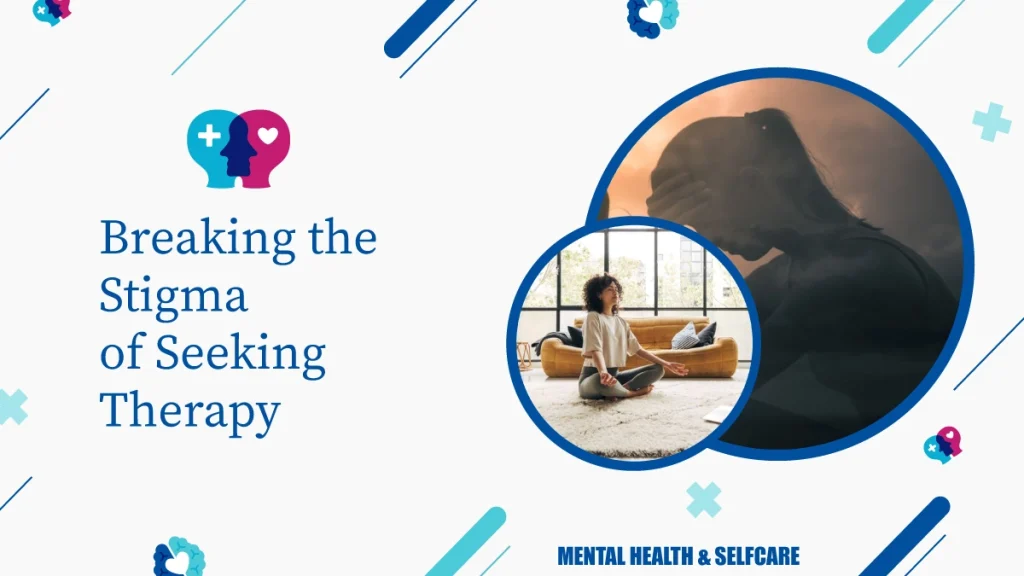Endometriosis is a disease where tissue similar to the lining of the uterus grows outside the uterus. Infertility is one of the most common symptoms of endometriosis.
What is Endometriosis?
The endometrium is a layer of tissue that builds up along the inside lining of the uterus. When menstrual periods happen, these layers fall away from the walls of the uterus and leave one’s body.
If these endometrial tissues grow on other structures or organs such as the pelvis, abdomen, or even chest, the condition is called endometriosis. The abnormal growth of this tissue can block the fallopian tube, and cause deeper nodules, ovarian cysts, adhesions, superficial lesions, and scar tissue leading to infertility.
However the true cause of endometriosis is still not known, and researchers are still figuring out the possible causes. Some of the suspected causes may be Issues with menstrual period flow (retrograde menstruation), problems related to the immune system, hereditary, hormonal imbalance, and surgical scar complications.
Endometriosis affects women up to 10 percent between the ages of 15-44. It most commonly occurs on or around reproductive organs in the abdomen or pelvis, including:
- The outside surface of the uterus
- Space between the uterus and the bladder or rectum
- Fallopian tubes
- The lining of the pelvic cavity
- Uterosacral ligaments
- Ovaries
It can also develop on and around the:
- Vulva or vagina
- Bladder
- Intestines
- Abdomen
- Cervix
- Rectum
Endometriosis And Infertility:
Endometriosis is directly linked to an increased risk of having difficulty conceiving or infertility. It affects about 5 million women in the United States between the age of 30-40.
There are four stages of Endometriosis:
- 1st Stage (minimal disease): There are a few tiny endometriosis implants, with no scar tissues.
- 2nd Stage (mild disease): More endometriosis implants, but less than 2 inches of the abdomen are included. Also, there are no scar tissues.
- 3rd Stage (moderate disease): Quite a bit of endometriosis in the abdomen. It may create pockets of endometriosis fluids (endometriomas or chocolate cysts) in the ovaries. Also, there can be scar tissue around the ovaries or tubes.
- 4th Stage (severe disease): More possibilities of large endometriosis cysts in the ovaries, around the fallopian tubes or ovaries, and possible scar tissue between the rectum (lower part of the intestine) and the ovaries.
What Are The Symptoms Of Endometriosis?
But how will you know that you are suffering from Endometriosis? This condition affects every woman differently, and pain is a common symptom of endometriosis. Some of the other common symptoms are:
- Painful menstrual cramps
- Back pain during menstruating
- Pain when peeing or pooping, especially during periods
- Blood in urine or stool
- Heavy or unusual bleeding during periods
- Constipation or diarrhea
- A problem in getting pregnant
- Continuous fatigue
- Painful sex
How To Diagnose Endometriosis?
If you are experiencing the above-mentioned symptoms of endometriosis, consult with your doctor to detect it as early as possible. Some of the tests that are required for diagnosing this condition are:
- Ultrasound Test: Ultrasound and MRI tests can help check for any ovarian cysts or any abnormal growth around organs.
- Pelvic Exam: In this test, the doctor checks for bigger cysts or scars behind the uterus.
- Laparoscopy: This is a type of surgery that is used to look at the inner wall of the pelvic area to check for endometriosis tissue.
Endometriosis Treatments For Infertility:
Before jumping into any treatment for infertility, a complete fertility evaluation is done in both male and female partners, and after this treatment is decided.
Endometriosis Clomiphene IUI Treatment
If you are detected with stage 1 or stage 2 endometriosis, then a fertility medication, clomiphene citrate, is given for 5 days soon after the period starts to improve the possibility of pregnancy.
The sperm is collected in a sterile cup, processed in the laboratory, and placed into the woman’s uterus when she is ovulating. This process is done during a speculum exam and is quite similar to a Pap test. The possibility of getting pregnant with one clomiphene/IUI treatment is approximately 10 percent for less than 40-year-old women.
In-Vitro Fertilization
If the condition is more severe like stage 3 or stage 4 endometriosis and even after 6-12 months of the surgical treatment, you are unable to get pregnant, then IVF is usually recommended.
In most of the cases, the fallopian tubes are seen to be blocked, and the scar tissue is very critical. The possibility of getting pregnant from the first try of IVF ranges from 50 percent or higher for women in their 20s to only 40 percent for women in their 40s.
Final Line
Endometriosis can cause chronic pain, infertility, and heavy, painful periods. If you notice any symptoms of endometriosis or are having painful or unusual periods, consult your doctor. Several treatment options can help you improve your life and also help you get pregnant.
FAQ’S
There are several symptoms of endometriosis, including painful menstrual cramps, abdominal pain, pain during sex, severe pain during peeing and pooping.
The 4 stages of endometriosis are minimal, mild, moderate, and severe endometriosis.
Endometriosis can affect more than 11% of American women between the age of 15-44.
Also Read About: What are the Top Benefits of Sun Bath in Winter?












